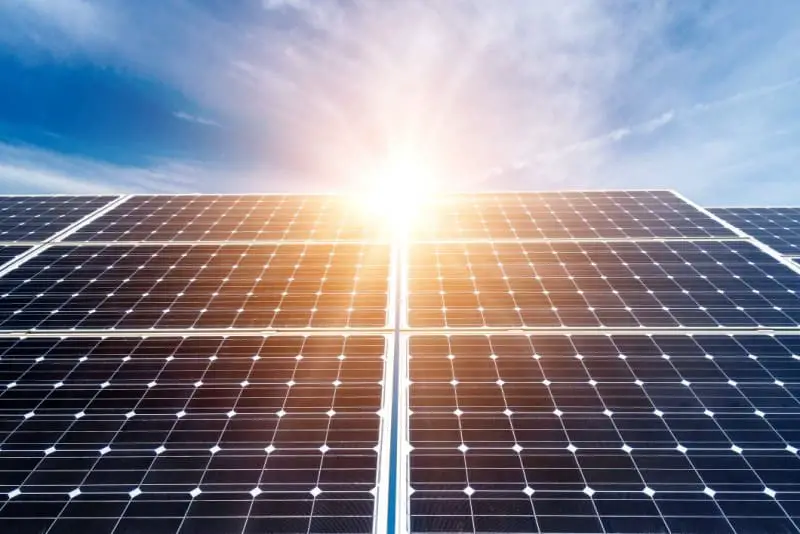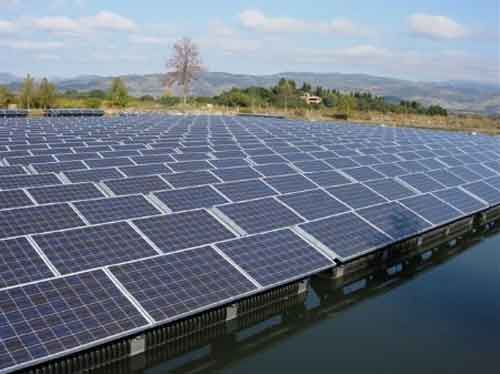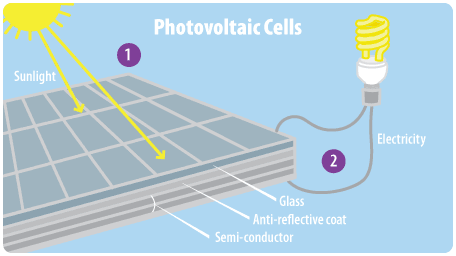When it reaches the earth some is reflected back to space by clouds some is absorbed by the atmosphere and some is absorbed at the earth.
Do solar panels reflecting light affect the atmosphere.
When more energy is absorbed than normal such as in a city with lots of dark asphalt and concrete we get a heat island effect.
They are subject to many influences including those of the atmosphere ocean and land and are modified by them.
Air temperatures have their origin in the absorption of radiant energy from the sun.
When considered on a global scale these effects become much smaller.
Energy released from the sun is emitted as shortwave light and ultraviolet energy.
While above mentioned points involve passive cooling methods some people opt even for active cooling systems.
Reflection and absorption.
Climate climate solar radiation and temperature.
So even a glimmer of sunlight can cause the solar panels to start warming up and hence hasten the melting of snow around it.
Large scale solar power plants raise local temperatures creating a solar heat island effect that though much smaller is similar to that created by urban or industrial areas according to a new.
And keep in mind that the numbers for the solar panels are.
Generally speaking solar panels are 20 c 36 f warmer than the ambient temperature.
In this scenario the warming from the heat island effect essentially compensated for the cooling caused by the solar panels.
And research has shown that they reflect less light than snow white concrete and energy efficient white rooftops.
So the power plant directly adds at least 1 6 times more heat to the atmosphere than the solar panels.
As variation of solar radiation is the single most important factor affecting climate it is considered here first.
The earth atmosphere energy balance is the balance between incoming energy from the sun and outgoing energy from the earth.
Plus the panel glass is often stippled or textured with tiny indentations to lessen the amount of sunlight that is reflected.
We re exploring if solar panels contribute to this effect and if.
White or light colored roofing also helps to lower the temperature around your panels since these colors reflect sunlight more and do not get heated up like dark roofing.


:max_bytes(150000):strip_icc()/__opt__aboutcom__coeus__resources__content_migration__treehugger__images__2011__10__Solar-Panel-Sunset-thumb-468x311-44939-55f8af1c1a814fe2bcad892002afee15.jpg)







